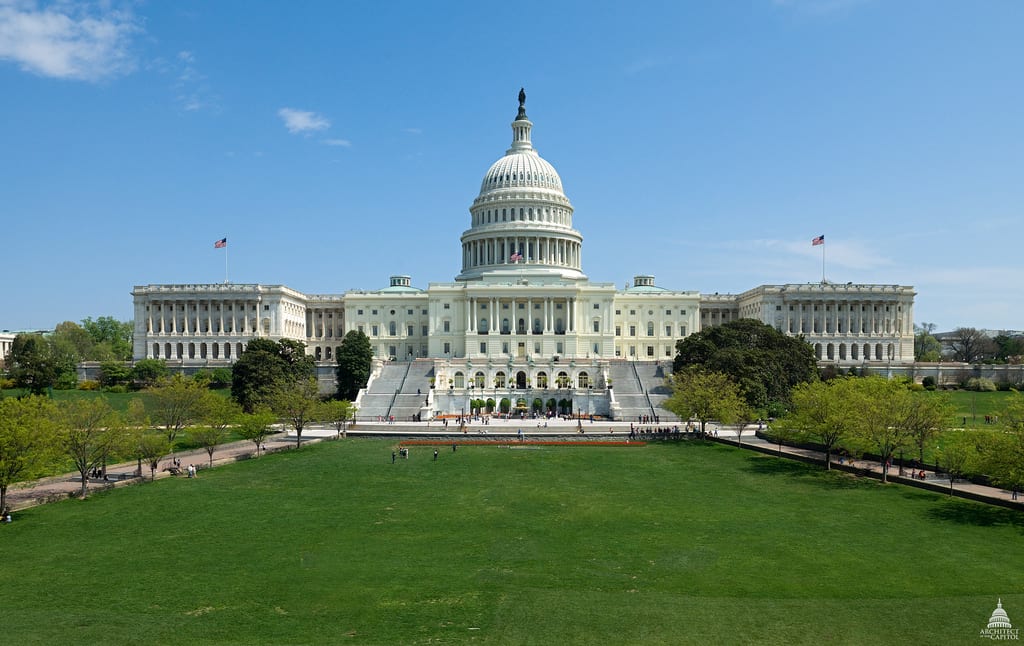 Dr. Cheryl Sattler has 20 years’ experience in federal education policy and practice, specializing in Title I of the Elementary and Secondary Education Act. Sattler penned Let’s Talk Title I: Everything You Need to Know and Do as an Administrator to assist school-based leadership navigate Title I.
Dr. Cheryl Sattler has 20 years’ experience in federal education policy and practice, specializing in Title I of the Elementary and Secondary Education Act. Sattler penned Let’s Talk Title I: Everything You Need to Know and Do as an Administrator to assist school-based leadership navigate Title I.
Dr. Sattler and Dr. John H. Lockwood founded ETHICA, providing educational consulting services specializing in federal programs and evaluation. ETHICA specializes in educational consulting services that focus on the efficient running of federal educational programs, such as Title I, school improvement, and program evaluation.
Dr. Berger: For the busy parent/community member that knows very little about ESEA why should they pay attention and why now?
Dr. Cheryl Sattler: The ESEA is the single biggest law for K-12 education, so it sets the stage for what is important in schools and how schools set their goals. For example, in 2002 (the last time Congress updated this law) schools became extremely focused on reading and math (in some cases, excluding other important areas such as the arts and even recess) because the ESEA focused on reading and math. If you think back to early 2002 – 13 years ago – our lives were very different, especially in terms of technology. Because Congress doesn’t update this law very often, the priorities that it sets are something our kids have to live with for a long time. It’s important to get those right.
DB: Is it good timing for ESEA to be on the national stage now or do we run the risk of it being further politicized given the start of the 2016 election cycle?
CS: There was a time when education was somewhat insulated from party politics, even at the national level. That’s no longer true, which means that work on education does become part of the election conversation. Politics is the reason ESEA hasn’t been updated for 13 years. But there are so many things in ESEA that need to be updated that we can’t afford to be picky about the timing.
Right now – in mid-2015 – is a small space where it is possible for Congress to focus on issues rather than politics before the presidential cycle really gets going. If Congress can finish by the early fall, we may see an updated law. Otherwise, presidential politics will take over and an update will have to wait at least until 2017, and probably longer.
DB: If you had to wave the caution flag on the current state of ESEA, what areas would you be focused on further altering?
CS: I believe there’s a real missed opportunity in the fact that we have two big laws – ESEA and a separate law for students with disabilities. As you might guess, these laws often conflict, and even when they agree, the fact that students with special needs are seen as a separate group means that they often aren’t included in the conversation about “all” students. Congress should combine these two laws.
We don’t have a separate law for any other group of children! I’m also concerned with the current impulse in Congress to limit the federal government’s oversight role. Where things are going well, the federal government isn’t needed. But in places where large groups of students aren’t graduating, or where there are achievement gaps between student groups, if the federal government can’t intervene, often no one else steps up to address the problem.
DB: Have we missed an opportunity to more thoughtfully frame student achievement data and student growth measures given the stories of misuse over the last couple of years?
CS: Issues of student data privacy (which aren’t really thoughtfully addressed in the current ESEA rewrite either) have clouded the debate about achievement – we’ve become more focused on the data itself and less on what the data mean. But I think the issue goes well beyond either data or technology.
The best-kept secret in education is that every state has very, very different ideas about what it means to achieve. Students who are considered gifted in one state could cross the border to the next state and be labeled underachieving. These definitions – which usually make our local kids look great! – might make us feel good about our local schools, but they don’t do our kids any favors when they go to college or try to get a job. If a student graduates but can’t read (and yes, this happens, more than you would think) – who are we kidding?
DB: Our conversations have expanded to national and now global rankings that often have us, both parent and practitioner, questioning what we are assessing and if we are assessing the right measures. With that as the backdrop, what data in your opinion is the most important when gauging both school and student success?
CS: That is a great question! I wish we would have this debate at a national level, one that truly involved parents, educators, and students. To me, the most important piece of data is this: Can a student leave school and go on to achieve his or her dream? If that’s true for all of our students – whether that dream is to colonize Mars or raise a healthy family or develop the next new technology, and whether those students are African-American, Caucasian, native English speakers or students with special needs – then our schools are working.
If on the other hand, when students leave school they stumble because they don’t have the right skills to compete for a job, or they can’t earn college credit because they need to do remedial work — our schools aren’t working well enough. This requires a longer view than K-12 – because after all, 12th grade is just the jumping off point to a child’s future. I hope that some of the new standards and new tests are getting to this kind of a measure – but there’s a long way to go.
